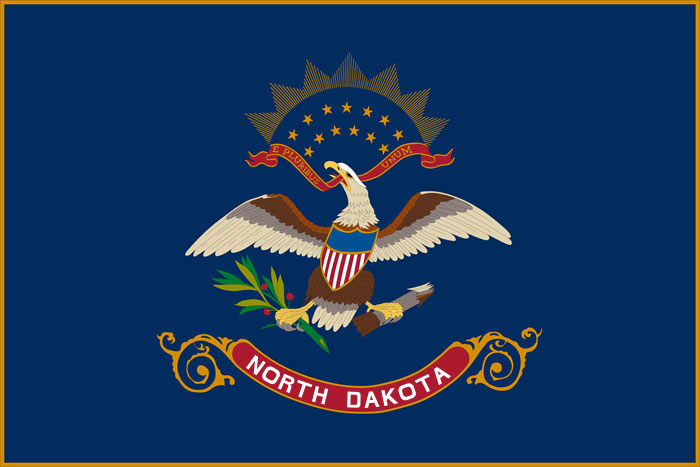The category “What to know about paying for college” may not appear on your favorite game show, but for students and their parents, the following are important facts to know. How would you score in this round?
Clue: This is the first step in determining if you qualify for federal grants and student loans.
Answer: What is the FAFSA (Free Application for Federal Student Aid).
Determining if you qualify for federal grants and student loans begins with completing the FAFSA. When completing this free form, you can submit up to 10 colleges you may be interested in attending. The colleges will compare their costs of attendance with your financial resources, and then you’ll receive an award letter from each institution regarding your financial aid package. This is not a commitment on your part to attend the college.
Clue: There are different types of student loans. These are the first types you should take out.
Answer: What are Federal Direct student loans.
A student’s award letter will outline if a student is eligible to receive federal student loans. Federal student loans may offer lower interest rates as well as some forgiveness and repayment features not available with other types of student loans. Bank of North Dakota (BND) recommends students take out Federal Direct Loans first. The Federal PLUS Loan may have higher interest rates than BND’s DEAL Student Loan.
Clue: This is available through the Bank of North Dakota if your savings, scholarships, grants and federal student loans don’t cover the entire cost of college.
Answer: What is a DEAL Student Loan
If you still have a funding gap after adding up savings, scholarships, grants and federal student loans to pay for college, the DEAL Student Loan from Bank of North Dakota is a smart option to explore. This loan is for North Dakota residents who attend an accredited university in or out of state. Fixed and variable rate options are offered with zero fees. Out-of-state residents attending a North Dakota college can also take advantage of these great terms.
Clue: When you graduate from college, your student loan payments should not exceed this percentage of your gross income.
Answer: What is 8-10 percent.
How much in student loans is too much? You will want to keep your total student loan amount low enough, so payments don’t exceed 8-10 percent of your gross income when you graduate college. Take time to investigate what you can expect for a salary with your degree and use a debt calculator to help you determine the final number.
 An official website of the State of North Dakota
An official website of the State of North Dakota
